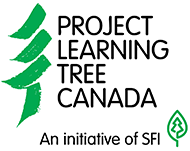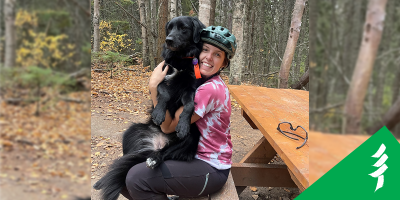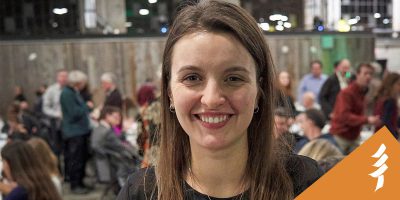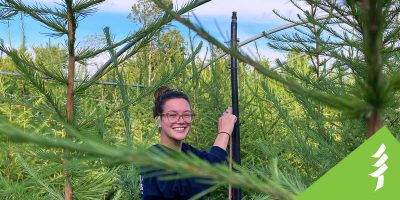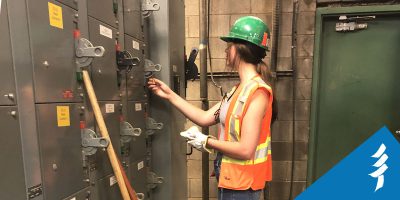GREEN JOB YOUTH SPOTLIGHTS
Combining Traditional Ecological Knowledge and Western Science to Teach YouthOctober 15, 2020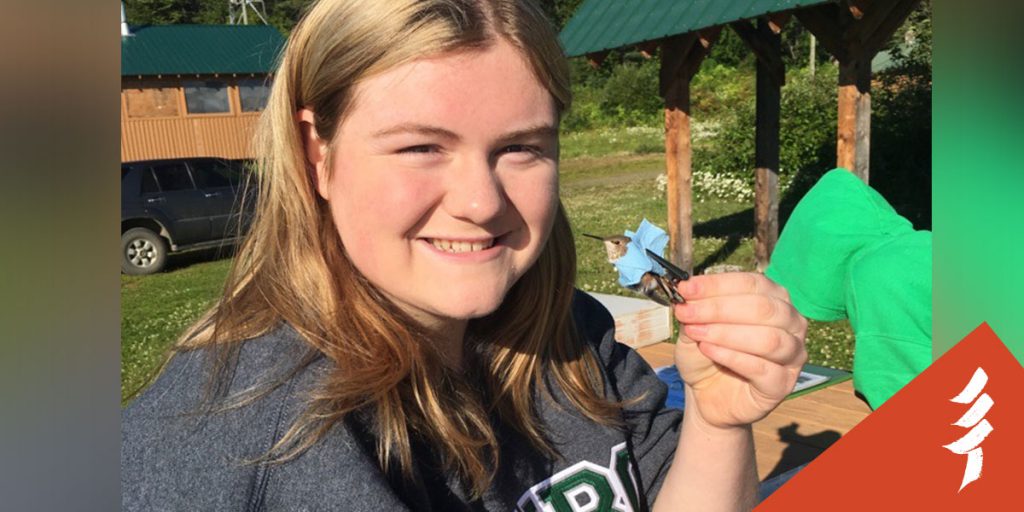 Nicole Boyde, an Education Assistant with the Chuntoh Education Society, banding a hummingbird. By Nicole Boyde 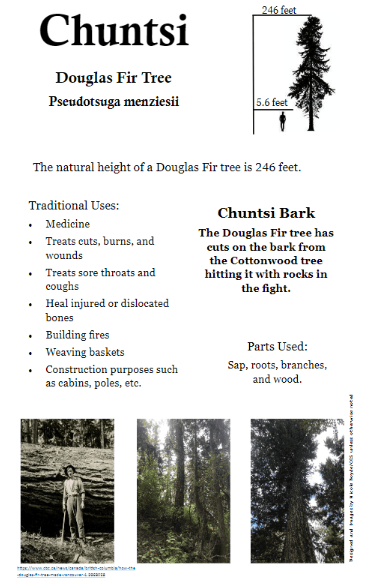 Nicole designed a series of seven posters that she uses in her presentations to K-12 students in and around Fort St. John, B.C I was in high school the first time I had the privilege of learning about the environment from Indigenous Elders. Today, my Green Job gives me the opportunity to continue learning from Elders and to use the insights I’ve gained to expand understanding of the natural world among K-12 students. We work with schools in and around Fort St. John in northeastern British Columbia. My role as an Education Assistant with the Chuntoh Education Society takes me into schools to make presentations. We do things like use posters featuring local tree species that are presented with their Dakelh, English, and Latin names. The people of Tl’azt’en Nation are called Dakelh. The posters also include facts about how each tree is incorporated into traditional cultural subsistence practices. For example, the bark and buds of the Ts’itel (cottonwood tree) can be used to treat fever and congestion. Combining Traditional Ecological Knowledge, cultural subsistence practices, and western scienceThe Chuntoh Education Society’s mission is to develop and deliver place-based science content that combines the complementary aspects of Traditional Ecological Knowledge, cultural subsistence practices, and western science. I spend a lot of time outdoors doing fieldwork helping biologists. Being outside is one of the best parts of my job, and no day is like another. One day I might be in the forest learning from Elders. On another day I might be banding hummingbirds to support a wildlife biologist or collecting wasps to help an entomologist (a scientist who studies insects). I also collect resin from plants for microscope slides so the kids can observe nature up close. I’m creating a series of resin collections. Resin may seem like sap, but it isn’t. Resin can be solid or liquid and it’s produced by some trees and other plants to seal damage to the tree and protect it from insects and disease. Helping youth see a career path in natural sciencesI’m proud that my work is supporting the Chuntoh Education Society’s focus on helping youth stay in science courses through high school. We also encourage them to pursue natural science post‑secondary degrees so they can return to their communities as professionals, educators, advocates, and entrepreneurs. The Chuntoh Education Society was founded by the John Prince Research Forest and Tl’azt’en Nation. The John Prince Research Forest is in north-central B.C. about a two-hour drive northwest of Prince George. It’s within the traditional territory of Tl’azt’en and Nak’azdli First Nations and it’s also a working forest that produces a sustainable harvest. Chuzghun Resources Corporation, a nonprofit owned equally by Tl’azt’en First Nation and the University of Northern British Columbia, runs the operation. Covering more than 16,000 hectares, it is one of the largest research forests in North America. A guide to bringing Traditional Ecological Knowledge into local schoolsOne of the coolest projects I’ve worked on was helping to produce a Guideline to Working with Dakelh Elders and Knowledge Holders in Education. It’s a collaborative work of local educators, Traditional Ecological Knowledge holders, and Elders facilitated by Chuntoh staff. We hope that the guide will be a foundation for bringing Traditional Ecological Knowledge holders and educators into our local schools. This fall I began studying part-time to earn a Forest Ecology and Management degree from the University of Northern British Columbia. I’m confident my work at Chuntoh will enhance what I learn and my studies will enhance my Green Job as I pursue a career in environmental education. PLT Canada’s Green Jobs program is supported in large part by our employer networks at the Canadian Parks Council and the Sustainable Forestry Initiative (SFI). Check out our Mentorship Program, webinars, and career resources. PLT Canada is an initiative of SFI. |
